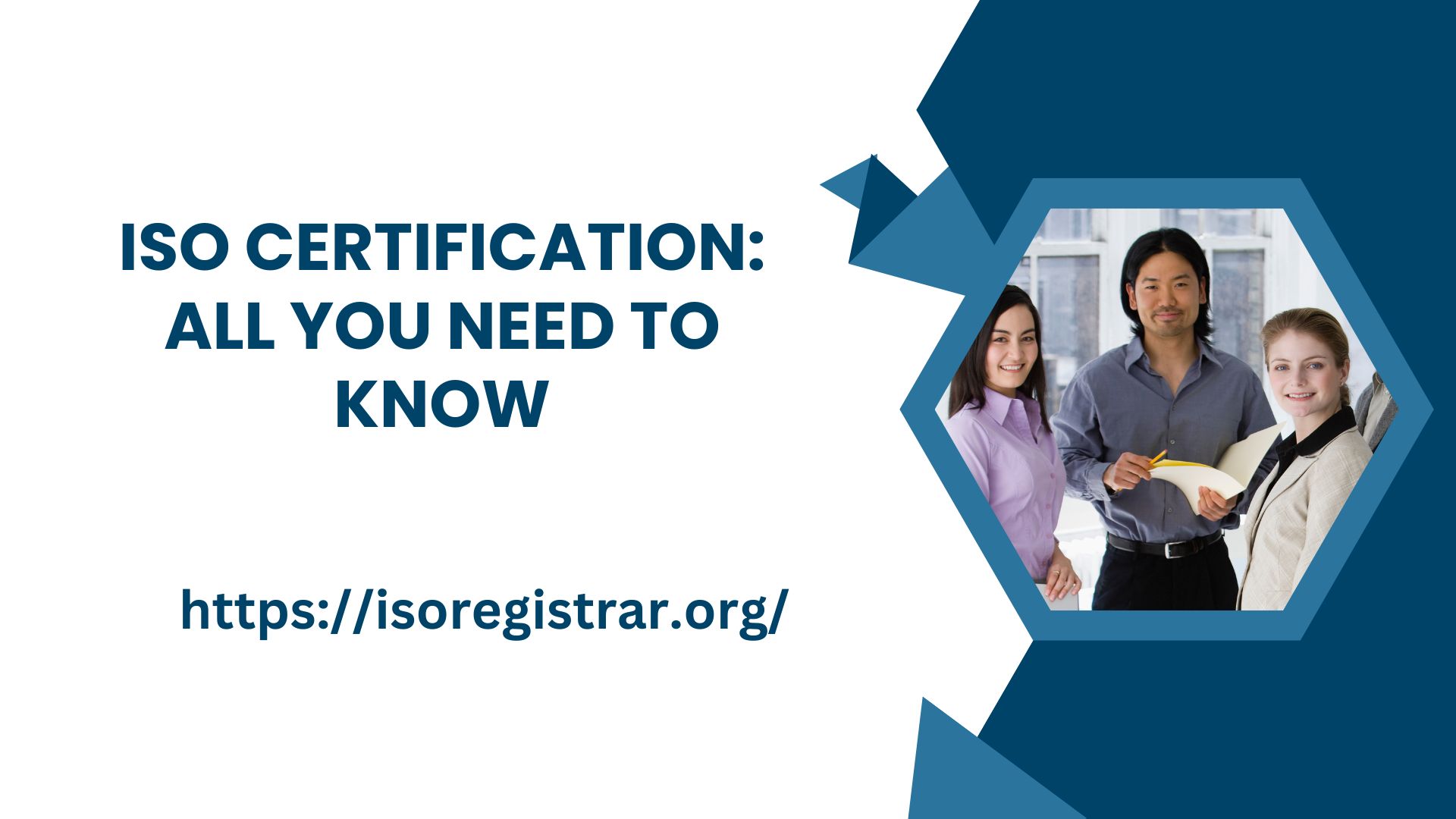Introduction
In today’s competitive business landscape, companies strive to enhance their credibility, quality, and efficiency while meeting industry standards. One crucial way to achieve this is by obtaining an ISO certification. The International Organization for Standardization (ISO) develops and publishes international standards that help organizations improve processes, products, and services. In this comprehensive article, we will delve into the world of ISO certification, exploring its significance, benefits, and how to obtain it. Let’s embark on this journey to unravel everything you need to know about ISO certification.
What is ISO?
ISO, short for the International Organization for Standardization, is an independent, non-governmental international organization that develops and publishes international standards. Founded in 1947, ISO’s primary objective is to facilitate global standardization to enhance compatibility, efficiency, and effectiveness across industries and sectors. By implementing ISO standards, organizations can streamline processes, improve product quality, and optimize operations.
Types of ISO Certifications
ISO has developed numerous standards across various fields to address diverse requirements and challenges faced by businesses. Some of the most commonly pursued ISO certifications include:
ISO 9001: Quality Management System (QMS) – This certification focuses on enhancing customer satisfaction, continuous improvement, and efficient process management.
ISO 14001: Environmental Management System (EMS) – Organizations seeking to minimize their environmental impact can pursue this certification to demonstrate their commitment to sustainability and eco-friendly practices.
ISO 27001: Information Security Management System (ISMS) – This standard helps organizations manage and secure sensitive information to protect it from unauthorized access and potential cyber threats.
ISO 45001: Occupational Health and Safety (OH&S) – Aimed at ensuring a safe and healthy work environment, this certification focuses on preventing workplace injuries and improving employee well-being.
ISO 22000: Food Safety Management System – Designed for the food industry, this standard helps organizations ensure the safety of their food products throughout the supply chain.
ISO 50001: Energy Management System (EnMS) – Organizations seeking to enhance energy efficiency and reduce their environmental footprint can pursue this certification.
Why Pursue ISO Certification?
Obtaining ISO certification offers a multitude of benefits for organizations, regardless of their size or industry. Some key advantages include:
Improved Credibility: ISO certification is globally recognized and signifies that an organization adheres to internationally recognized standards. It boosts credibility and enhances the organization’s reputation.
Enhanced Quality and Efficiency: ISO standards promote the adoption of best practices, leading to improved product and service quality. Streamlining processes and reducing waste also result in increased operational efficiency.
International Market Access: ISO certification facilitates entry into international markets by providing evidence of compliance with global standards, making it easier to attract international customers and partners.
Legal and Regulatory Compliance: ISO certifications often align with legal and regulatory requirements, ensuring that organizations stay compliant with applicable laws.
Customer Satisfaction: ISO’s focus on quality and continual improvement results in enhanced customer satisfaction, leading to increased customer loyalty and retention.
Competitive Advantage: ISO-certified organizations have a competitive edge over non-certified competitors, particularly when bidding for tenders and contracts.
The ISO Certification Process
Obtaining an ISO certification involves several steps:
Gap Analysis: The organization assesses its existing processes and systems against the requirements of the desired ISO standard to identify gaps.
Planning and Implementation: A comprehensive plan is developed to address the identified gaps and implement the necessary changes to meet ISO standards.
Internal Audit: An internal audit is conducted to assess the organization’s readiness for the certification audit.
Certification Audit: An accredited certification body performs an on-site audit to evaluate the organization’s compliance with the ISO standard.
Corrective Actions: If any non-conformities are identified during the audit, the organization must take corrective actions to resolve them.
Certification Issuance: Upon successful completion of the audit and correction of any non-conformities, the organization receives the ISO certification.
ISO Certification Maintenance
ISO certifications are not perpetual; they require regular maintenance to remain valid. Organizations must undergo periodic surveillance audits to ensure ongoing compliance with ISO standards. Typically, these audits occur annually or biannually, depending on the certification.
See Also: ISO 14001:2015 Certificate
Conclusion
ISO certification is a powerful tool that enables organizations to demonstrate their commitment to quality, sustainability, and excellence. With the array of benefits it offers, ISO certification can significantly impact a company’s growth and success. By adhering to internationally recognized standards, organizations can improve their processes, gain a competitive advantage, and enhance customer trust. Embracing ISO certification is a proactive step towards achieving excellence and meeting the ever-evolving demands of the global marketplace.





